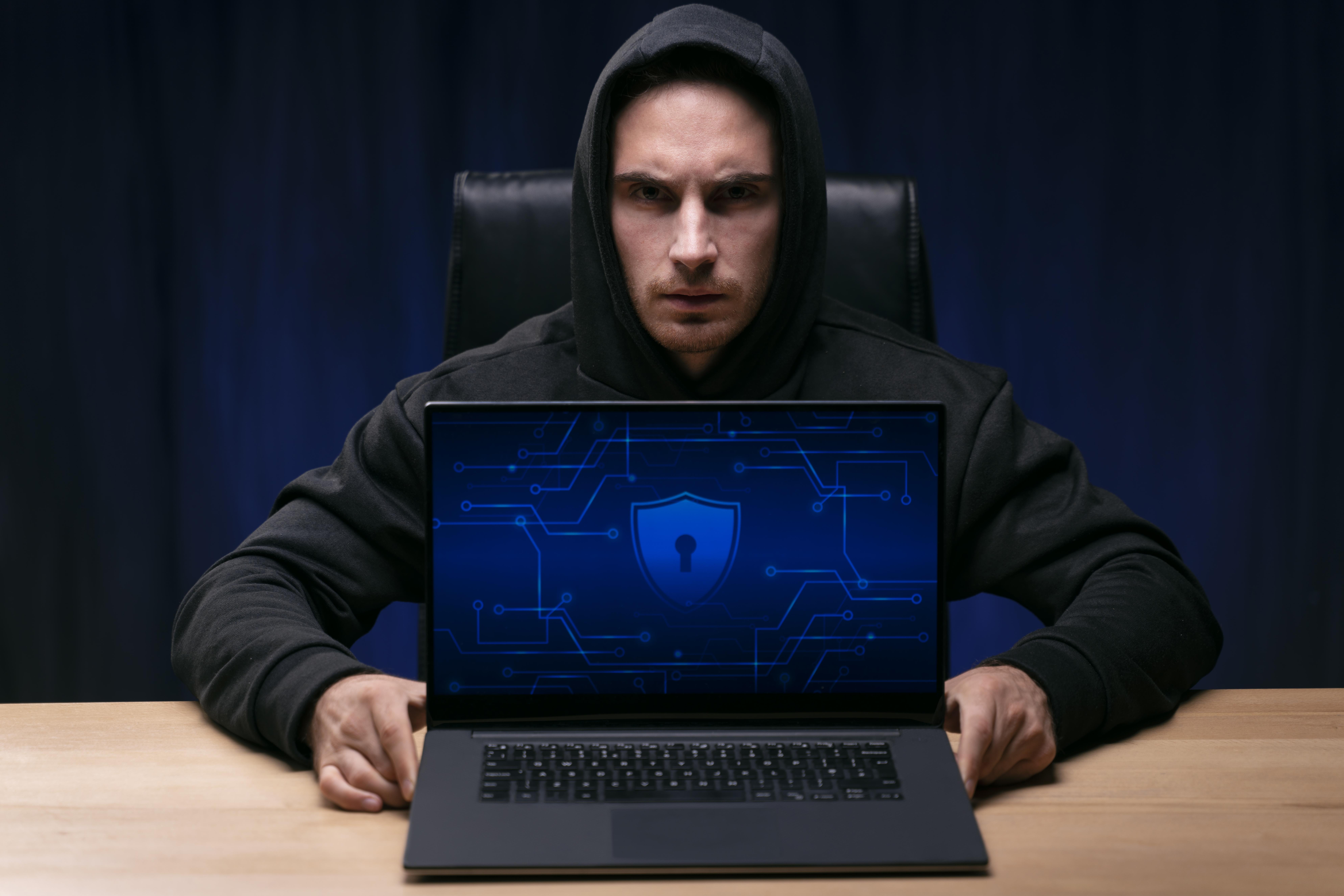Building a Cybersecurity Culture That Works Within Your Organization

Organizations today face a constant stream of cyber threats that grow more sophisticated with each passing year. Hackers no longer rely on simple tricks; instead, they use advanced techniques that exploit both technology and human behavior. While many companies invest heavily in firewalls, encryption, and monitoring systems, these defenses often fall short if employees do not take cybersecurity seriously. For this reason, building a cybersecurity culture within the organization is no longer optional but essential.
Leadership’s Role in Shaping Behavior
Creating a meaningful cybersecurity culture begins with leadership. Executives and managers must not only set policies but also model secure behavior themselves. Employees often watch leaders for cues on what matters most, so when leaders ignore basic practices, the workforce quickly follows their example. By contrast, when executives visibly prioritize security, they send a clear message that it is a vital part of the organization’s mission.
Leaders also control how cybersecurity is framed in communication. If policies are introduced as obstacles, employees view them as burdens. However, if leaders consistently frame security as a way of protecting the organization, its clients, and its reputation, employees begin to internalize its importance. Through clear communication, visible accountability, and genuine commitment, leadership lays the foundation for a cybersecurity culture that resonates throughout the organization.
Empowering Employees Through Education
While leadership sets the tone, employees must carry it into action. Education plays a central role in this transformation. Training programs that go beyond technical jargon and instead use real-world scenarios make concepts relatable and memorable. When employees learn how a single careless click can open the door to significant financial or reputational damage, they begin to see cybersecurity as part of their daily responsibility.
Education must also remain continuous rather than a one-time event. Threats evolve rapidly, and static training quickly becomes outdated. By offering regular refreshers, simulated phishing exercises, and timely updates about emerging risks, organizations help employees stay sharp. Importantly, education works best when it empowers employees rather than simply warning them of consequences. People respond more positively when they feel trusted as protectors of the organization rather than treated as potential liabilities.
Building Trust and Reducing Fear
Many organizations unintentionally undermine their cybersecurity culture by creating an atmosphere of fear. When employees worry that reporting a mistake will lead to punishment, they may choose to hide incidents. This silence allows threats to spread and creates greater risks for the organization. A healthier approach emphasizes trust and encourages employees to speak up quickly without fear of reprisal.
By building a culture where mistakes are treated as opportunities to learn, organizations foster openness and accountability. Employees who feel safe to admit errors help identify vulnerabilities sooner, which strengthens the entire system. Over time, this approach shifts the culture from one of blame to one of shared protection, where every individual understands that cybersecurity is a collective mission, not a set of rules designed to catch people doing something wrong.
Integrating Security Into Everyday Workflows
For a cybersecurity culture to thrive, security must become part of everyday workflows rather than an afterthought. Employees who find security practices difficult or disruptive often look for shortcuts, which undermines the organization’s defenses. By contrast, when security tools and policies fit smoothly into existing processes, compliance feels natural and sustainable.
Technology teams play an important role in this integration. Designing systems with user experience in mind helps reduce friction. For example, single sign-on systems or secure mobile access allow employees to work efficiently while still maintaining strong protection. When employees view security as enabling rather than obstructing their work, the culture grows stronger. The goal is not to make people choose between productivity and security but to show that the two can complement one another.
Measuring Progress and Reinforcing Success
Just like any other organizational initiative, building a cybersecurity culture requires measurement. Without tracking progress, leaders cannot know whether their efforts are working. However, measurement should not focus solely on negative metrics such as the number of security incidents. Positive indicators, such as the frequency of reported phishing attempts or increased employee participation in training, also reflect cultural growth.
Reinforcing success is equally important. Recognizing individuals or teams who demonstrate strong cybersecurity practices helps others see the value of participation. This recognition need not be elaborate; even simple acknowledgment signals that the organization values secure behavior. Over time, reinforcement creates momentum, making cybersecurity an integral part of the company’s identity rather than a separate obligation.
Sustaining a Culture of Security Over Time
Building a cybersecurity culture is not a one-time project but an ongoing commitment. Organizations must continuously adapt their culture to address new threats, technological changes, and evolving employee expectations. This requires balancing consistency with flexibility—maintaining core principles while updating strategies to reflect the current landscape.
Sustaining the culture also means embedding cybersecurity into long-term strategy. When organizations make security part of their mission, values, and daily operations, it becomes resilient to change. New employees adopt the culture more easily, existing employees see its relevance reinforced, and leadership continues to champion its importance. In this way, cybersecurity becomes not just something the organization does but part of who it is.
Additional Information
- Blog
- cyber threats, employee expectations, security practices
- Jim Feldkamp